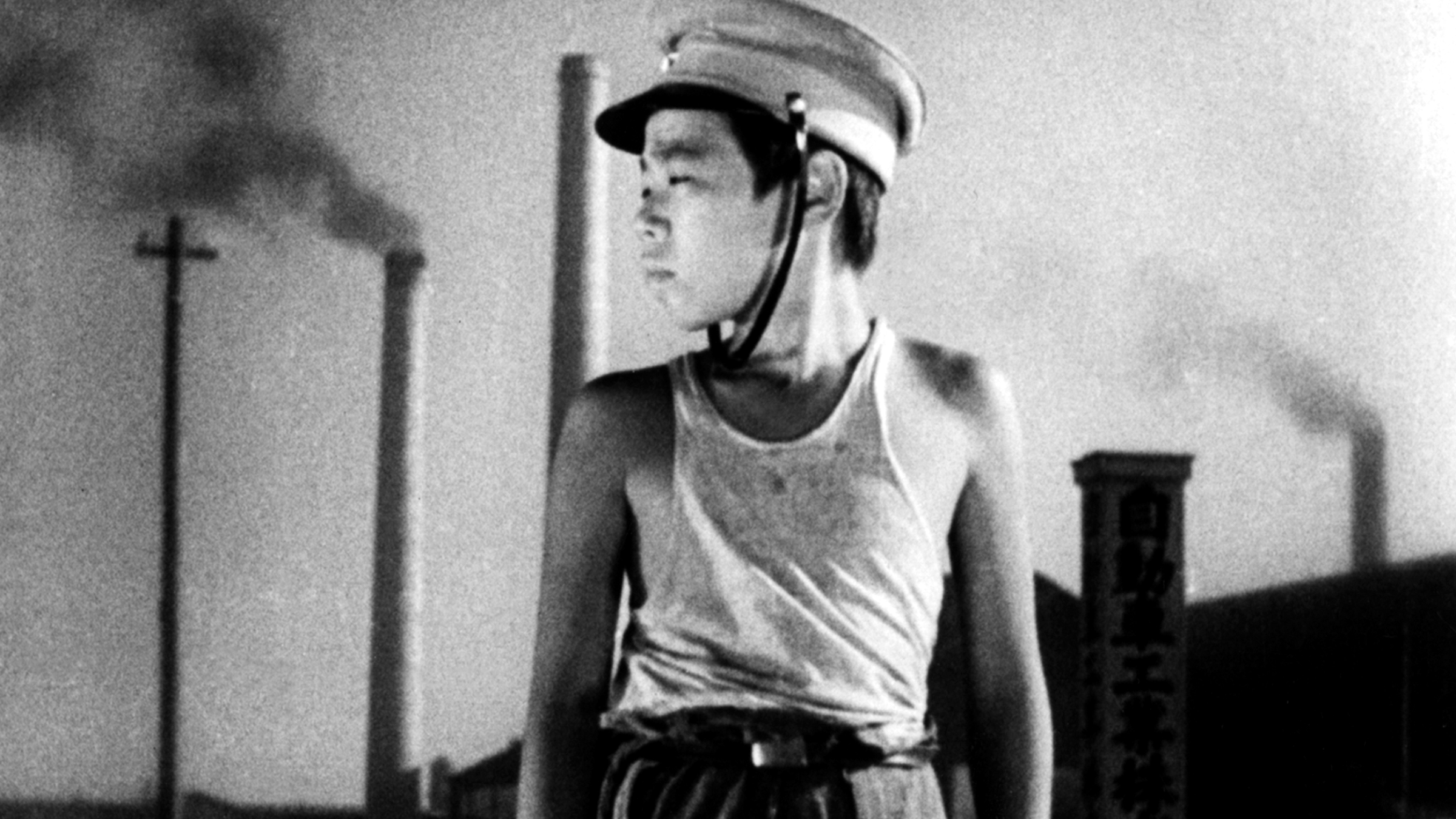The fun of a film festival is not only seeing the wonderful films, little-known ones in particular, but also meeting wonderful people. In the case of silent film festivals, we no longer get to see the film’s original casts or crew members because most of them died decades ago—still, unexpected and amazing encounters do occur.
My first visit to the San Francisco Silent Film Festival was in 2018 and included three films from the National Film Archive of Japan: the French film The Lighthouse Keepers (Gardiens de Phare, 1929) by Jean Grémillon and two Japanese films, Policeman (Keisatsukan, 1933) by Tomu Uchida and An Inn in Tokyo(Tokyo no Yado, 1935) by Yasujiro Ozu.
At the festival’s welcome party I met the host and longtime SFSFF board member Judy Wyler Sheldon, daughter of director William Wyler. That evening, I told her a story she hadn’t yet heard about her father meeting Yasujiro Ozu in Tokyo, which I had read about in a book on Ozu. In 1955, Mr. Wyler came to Japan with his family on holiday before finalizing Friendly Persuasion (1956). While there, the Directors Guild of Japan hosted a welcoming party for this beloved American filmmaker. According to Ozu’s diary, published in 1993, he talked with Wyler at the party held in the Imperial Hotel, whose building was designed by Frank Lloyd Wright. In another book, Yasujiro Ozu: His Life and Work, published in 1972 and edited by the director’s friends and disciplines, Ozu describes being “disappointed to learn that Wyler’s shirt was made of nylon.” Ozu was, like many other Japanese directors of his time, a fan of Wyler’s work and his diary also shows that by this time he had seen at least Little Foxes (1941), Detective Story (1951), Carrie (1952), Roman Holiday (1953), and The Desperate Hours (1955), all of which were commercially released in Japan after the war.
After I finished the story, Judy-san went upstairs and came back carrying a beautiful item in her hands. It was a gift that had been given to Mrs. Wyler, Margaret Tallichet, possibly at the same party, not by Ozu, but by Akira Kurosawa who also admired Wyler. It was a woven silk purse made in a traditional hexagonal pattern with a tortoiseshell crest known as Kikko-mon. I later found out that the gift had been handcrafted by the late Heiro Kitagawa (1898–1988), named one of Japan’s Living National Treasures in 1960. A card attached to the purse read, in English, “Dear Mr. Wyler: My deepest appreciation for your kindness to come all the way to see my film. Respectfully yours, Akira Kurosawa.”
I was touched by this mutual admiration so modestly expressed among these three great cineastes across the Pacific Ocean in the mid-1950s, only ten years after the end of World War II. I should also note that all three loved silent films. Wyler and Ozu had actually made silents, and while Kurosawa didn’t, he always thought of silent cinema as the essence of cinematographic art.
Another tiny miracle of an encounter occurred during the 2018 festival. At the screening of Policeman, a Japanese lady living somewhere on the West Coast introduced herself to me as the granddaughter of Isamu Kosugi, the actor who played the heroic policeman in the film and one of the biggest stars of the prewar Nikkatsu and Shinko Kinema studios. It sure seems as if the Castro Theatre, in all its extravagant beauty, exerts a magnetic pull on silent-film art, attracting not just magnificent films but its people too.
HISASHI OKAJIMA is director of the National Film Archive of Japan, which provided the print for this year’s screening of Mikio Naruse’s Apart from You.

